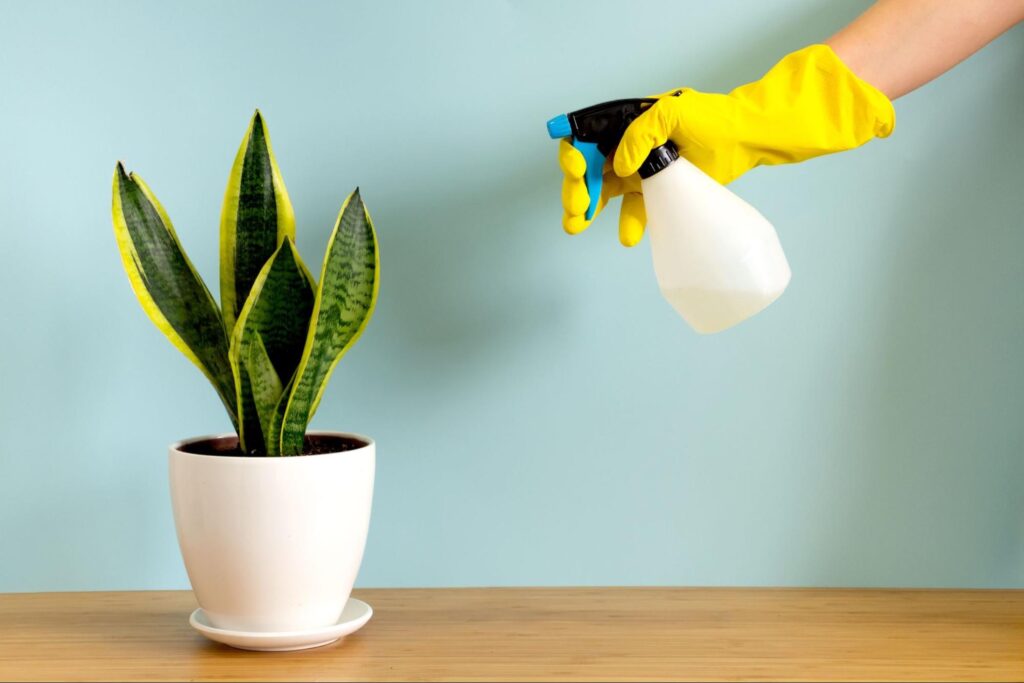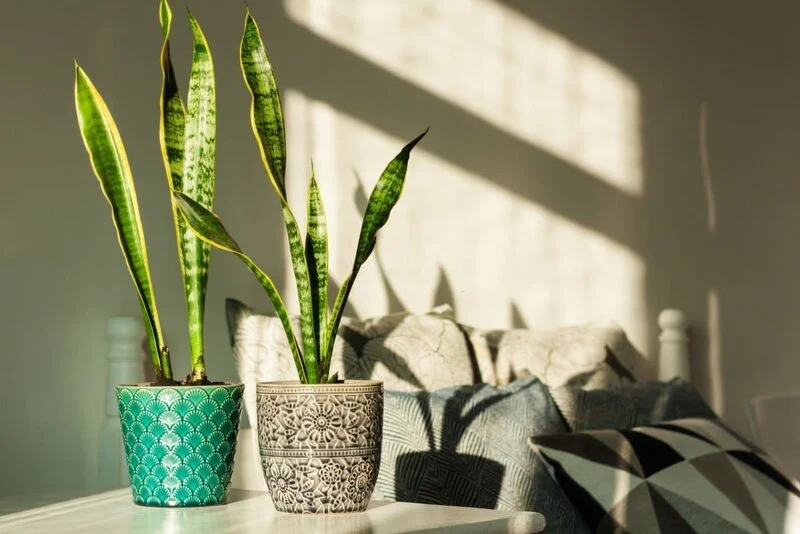The 2-Minute Rule for Snake Plant Leaves Turning Yellow
Wiki Article
3 Simple Techniques For Snake Plant Leaves Turning Yellow
Table of ContentsAbout Snake Plant Leaves Turning YellowThe 9-Minute Rule for Snake Plant Leaves Turning YellowThe Snake Plant Leaves Turning Yellow DiariesThe Of Snake Plant Leaves Turning YellowThe 10-Minute Rule for Snake Plant Leaves Turning YellowWhat Does Snake Plant Leaves Turning Yellow Mean?
Below are 7 reasons your serpent plant's leaves can be transforming yellow and how to fix it. A number of various plant issues can trigger yellow leaves, or chlorosis. Chlorosis occurs when plants don't have the micronutrients they require to create chlorophyll, that makes foliage environment-friendly and enables plants to transform sunlight into food.Snake plants are dry spell tolerant many thanks to their delicious fallen leaves (Snake Plant Leaves Turning Yellow). These plants expand best in loosened, well-drained soil that's allowed to dry entirely between waterings and may only require water as soon as per month during winter season. Overwatering can protect against roots from taking in moisture and nutrients that the plant requires and can even trigger root rot
A potbound plant can not soak up nutrients from the dirt. If your snake plant is overcrowded or outgrowing its pot, this might be the root cause of yellow leaves. An occasional yellow leaf is completely typical for a snake plant. As the plant ages, old leaves yellow, die, and leave as they're replaced with new ones.
Snake Plant Leaves Turning Yellow Can Be Fun For Anyone

If the leaves on your snake plant are getting soft, it's generally an indicator of as well much water. Snake plants shop water in their leaves and if they're overwatered, the fallen leaves can come to be soft and mushy. If you believe your serpent plant is being overwatered, enable the soil to dry completely prior to sprinkling again.
Yes, some yellowing is regular and to be expected on older fallen leaves, particularly as snake plants age. If the plant is otherwise healthy and balanced and the fallen leaves are just lightly yellowed after that there is no cause for issue. If the fallen leaves are substantially yellowed or if there are other indications of distress after that it's finest to take action.
An Unbiased View of Snake Plant Leaves Turning Yellow

In basic, snake plants need to be sprinkled every one to 2 weeks. If you believe your serpent plant has actually been overwatered, the first step is to stop watering it.
With click to read a little investigation, you must have the ability to determine the reason and take actions to take care of the trouble and have a healthy serpent plant. - Snake Plant Leaves Turning Yellow
Examine This Report about Snake Plant Leaves Turning Yellow
The serpent plant is a cool houseplant. The serpent plant is one of those plants that are terrific for expanding inside in a terrarium, Serpent plants can expand rather huge, but they additionally have a tendency to be rather low-maintenance. That does not mean you shouldn't focus on their look. Intend your at the bottom because of a lack of nutrients or various other problems.When the soil is overwatered, the plant cells take in even more water than they can save. Read here to Leaves ended up being soggy and yellow as they take in extra water. Sagging serpent plant fallen leaves are triggered by soaked-up leaf cells shedding their firmness. You may observe that your serpent plant will certainly come to be black or brownish if the yellow spots are not dealt with by remedying overwatering.
It is, consequently, most likely that your plant will certainly find yellow spots on its fallen leaves if you overfeed it with plant food throughout wintertime. The resource fallen leaves of snake plants are also prone to yellowing when overfed, particularly if the roots are delicate. Repotting your yellowing, watering just when the soil dries, and offering optimum temperature level and light problems can save it.
What Does Snake Plant Leaves Turning Yellow Do?
To stop yellowing caused by overwatering, quit watering the snake plant until the soil entirely dries out. Water your serpent plant just when the top two inches of soil feel dry.Your can be removed by cutting off the yellow pointers. The pruned fallen leaves ought to expand longer if they are watered effectively and have optimal light and temperature problems. It is very important to bear in mind that the pointed suggestions will not regrow, causing them to stand apart from the rest of the fallen leaves.
At the same time, you can eliminate damaged fallen leaves from the base of the plant. The vital message is to permit the serpent plant time to recoup.
5 Simple Techniques For Snake Plant Leaves Turning Yellow
Scroll the write-up till the end to locate the option. Listen to this write-up right here: The situation can be anticipated if you have actually had your serpent plant for blog here a very long time, and yellowing occurs on the lower leaves as a natural aging cycle. It is usual for the Sansevieria leaves to transform yellow due to beginner mistakes and when the plant is simply acquired from the nursery for repotting.Some of one of the most common causes are listed here. Sansevierias like dry environments and choose little water maintained at a space of one or two times once a week in summer and month-to-month in winter. When the water dose gets out of control, your Sansevieria will certainly endure from overwatering. The most usual problem provided by overwatering is root rot leading to mushy roots and stems with a foul scent.
Report this wiki page